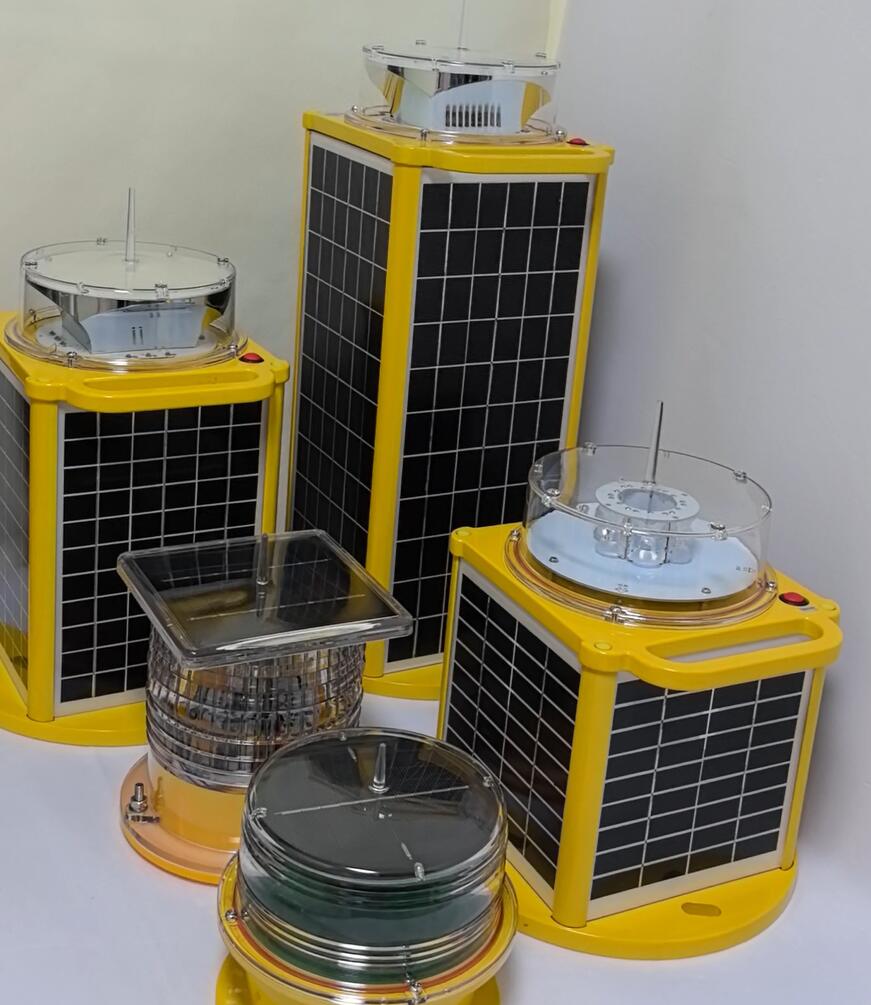Solar LED Marine Lantern: A Reliable Beacon for Sustainable Maritime Navigation
In today’s maritime industry, safety and sustainability are increasingly intertwined. Navigational aids must now meet the twin demands of environmental responsibility and operational reliability. Among the most effective tools that fulfill both objectives is the solar LED marine lantern — a compact, autonomous light source that enhances maritime safety without relying on conventional energy sources.
This article explores the design, benefits, and real-world applications of the solar LED marine lantern, highlighting its critical role in modern marine operations across the globe.
What Is a Solar LED Marine Lantern?
A solar LED marine lantern is a self-contained lighting system used in marine environments to mark hazards, buoys, docks, harbors, and offshore structures. It is powered by solar energy and illuminated by LEDs (Light Emitting Diodes), making it efficient, low-maintenance, and environmentally friendly.
These lanterns are engineered to withstand the harshest marine conditions while providing dependable light signals, day and night, under all weather conditions.
How the Solar LED Marine Lantern Works
The system integrates four core components:
Photovoltaic Solar Panel: Captures sunlight and converts it into electrical energy.

Rechargeable Battery: Stores energy during the day to power the lantern at night.
LED Light Source: Emits bright, focused light using minimal power.
Control Circuit: Regulates the charging cycle, light activation (usually via a dusk-to-dawn sensor), and flash patterns.
| solar led marine lantern |
Thanks to this closed-loop design, the lantern can operate autonomously for extended periods without manual intervention or external power supplies.
Key Advantages of the Solar LED Marine Lantern
✅ Energy Independence
Relying exclusively on solar energy, these lanterns eliminate the need for grid connections or fuel-based generators, making them ideal for remote or offshore locations.
✅ Durability and Resilience
Designed with corrosion-resistant materials and waterproof enclosures, solar LED marine lanterns perform reliably in salty, wet, and windy environments typical of maritime zones.
✅ Low Maintenance
With no moving parts and long-lasting LEDs, maintenance requirements are minimal. This is particularly valuable for installations in hard-to-reach places.
✅ Eco-Friendly Design
By using clean solar energy and avoiding light pollution with focused optics, these lanterns align with marine conservation goals and sustainable development practices.
✅ Versatile Applications
With programmable flash sequences, adjustable intensity, and various mounting options, the lanterns serve many navigational functions, from port entry lighting to hazard marking.
Common Use Cases
The solar LED marine lantern is widely deployed across commercial, governmental, and private maritime sectors:
- Buoys and Channel Markers
Floating aids equipped with these lanterns help guide vessels through narrow passages or indicate underwater hazards.
| solar led marine lanterns |
- Offshore Platforms
Lanterns mark oil rigs, wind farms, and other offshore structures, ensuring visibility to nearby marine and aerial traffic.
- Port Entrances and Breakwaters
Solar LED lanterns outline harbor entrances, breakwalls, and docks, helping ships safely navigate congested or poorly lit waters.
- Aquaculture Zones
Fish farms and marine reserves use lanterns to delineate boundaries and keep vessels at a safe distance.
- Temporary and Emergency Navigation
In disaster recovery or temporary construction zones, solar LED marine lanterns provide immediate, reliable lighting without extensive infrastructure.
Advanced Features in Modern Models
Today’s solar LED marine lanterns are more sophisticated than ever, offering enhanced functionality such as:
GPS Synchronization: Ensures coordinated flashing among multiple lanterns for improved navigational clarity.
Remote Monitoring: Integrated telemetry modules allow operators to check status, battery levels, and performance remotely.
Adjustable Flash Codes: Supports IALA-compliant flash patterns to match local maritime requirements.
Photocell Control: Automatically activates lights at dusk and deactivates at dawn to conserve energy.
Self-Diagnostics: Some units can detect faults or power issues and alert maintenance teams.
Design Considerations
Choosing the right solar LED marine lantern involves evaluating several operational factors:
Geographic Location: Solar charging efficiency varies with latitude and climate.
Light Range: Depending on purpose, lanterns may need to be visible from a few hundred meters to several nautical miles.
Mounting Options: Different bases or brackets may be needed for buoys, towers, or flat surfaces.
Color and Flash Code: Each navigational marker requires specific color and signal characteristics, following IALA regulations.
The Role of Solar LED Marine Lanterns in Sustainable Navigation
Global trends toward greener infrastructure have accelerated the adoption of solar-powered technologies across industries. The maritime sector, traditionally reliant on fuel-driven systems, is no exception. By replacing older lighting solutions with solar LED marine lanterns, ports and marine authorities reduce carbon emissions and operational costs simultaneously.
Moreover, in developing regions or disaster-prone coastal areas, these lanterns provide an affordable and resilient solution to ensure safety without the need for complex infrastructure.
Looking Ahead
As the maritime industry embraces digital transformation, the future of solar LED marine lanterns is likely to include even greater integration with smart systems:
IoT Connectivity: For real-time data sharing on light status, weather, and traffic conditions.
Artificial Intelligence: To optimize energy usage and signal patterns based on real-time marine activity.
Hybrid Systems: Combining solar with wind or kinetic energy for increased autonomy in less sunny regions.
These innovations will further enhance the safety, efficiency, and sustainability of maritime navigation.
The solar LED marine lantern stands as a shining example of innovation at the intersection of technology, safety, and environmental stewardship. Its ability to provide reliable, autonomous illumination in even the most challenging environments makes it indispensable for today’s maritime operations.
